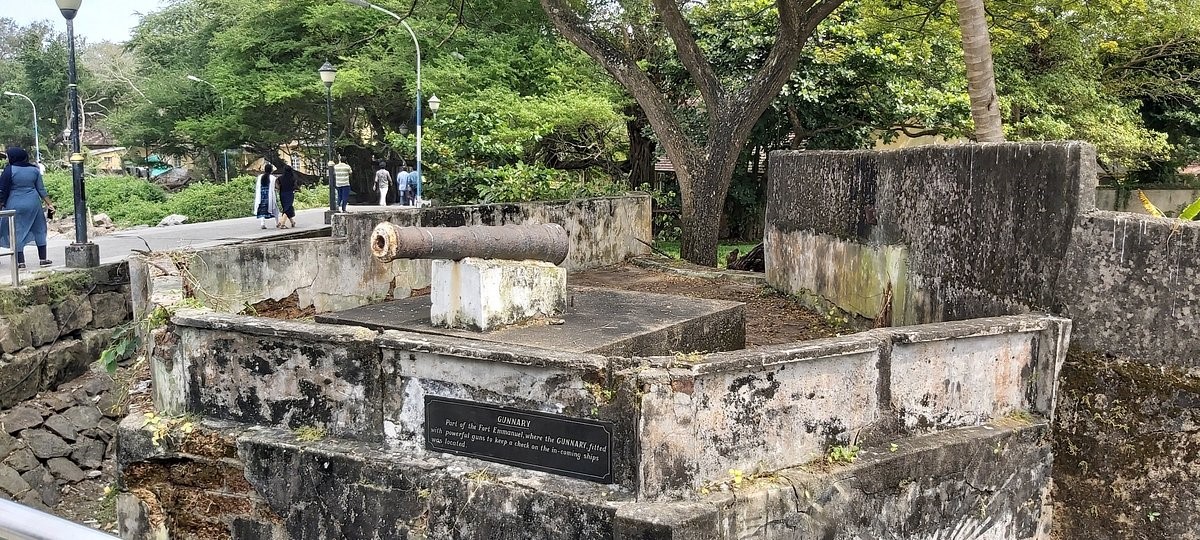





Disclaimer: Copyright infringement not intended.
Context
Fort Emmanuel
Overview
History
Preservation Efforts
|
PRACTICE QUESTION Q. Which European power built Fort Emmanuel, the first of its kind in Asia, in the year 1503? a) Dutch b) British c) Portuguese d) French |










© 2025 iasgyan. All right reserved